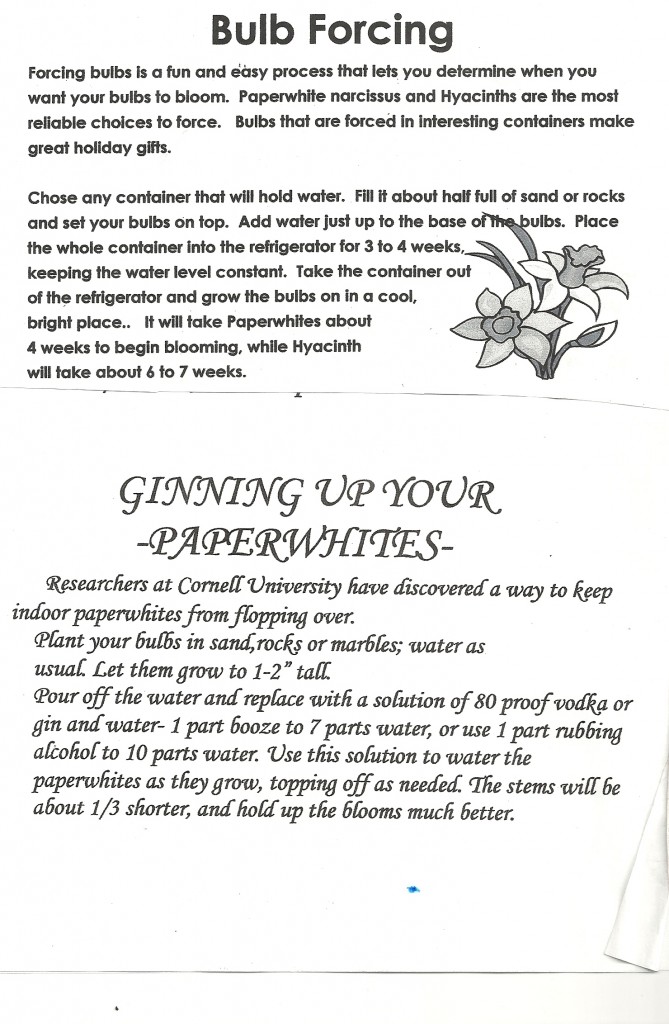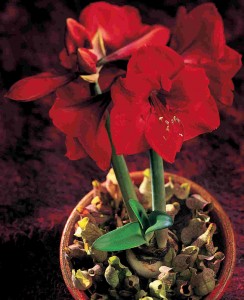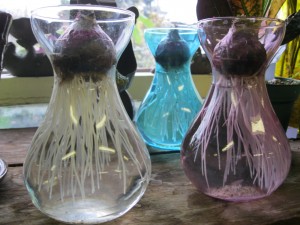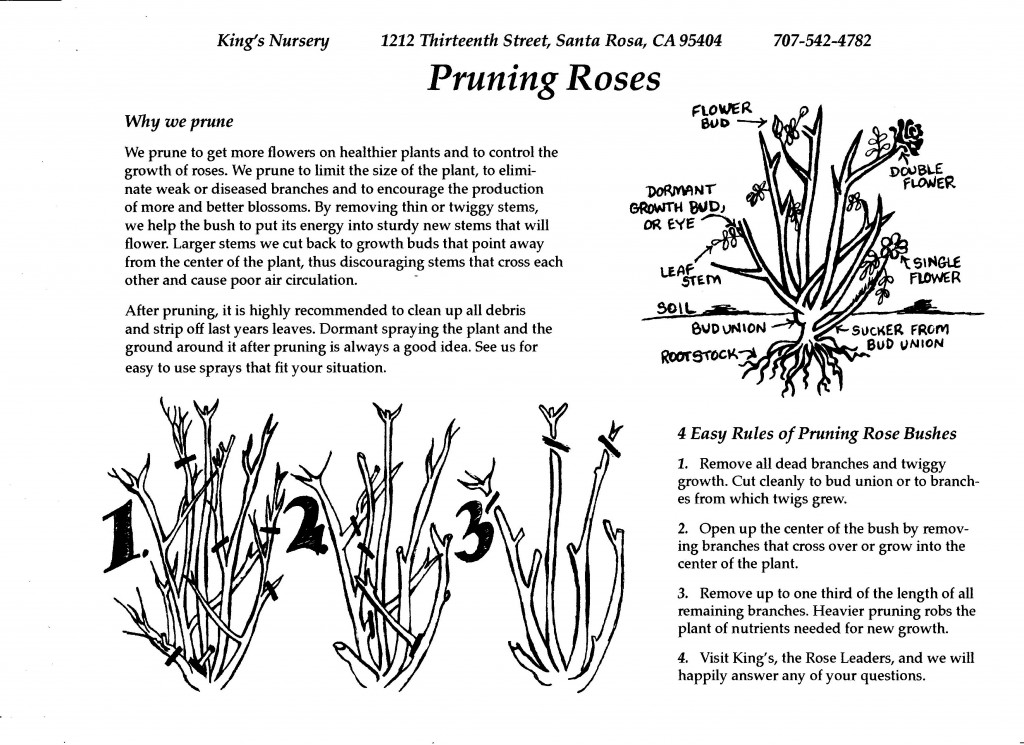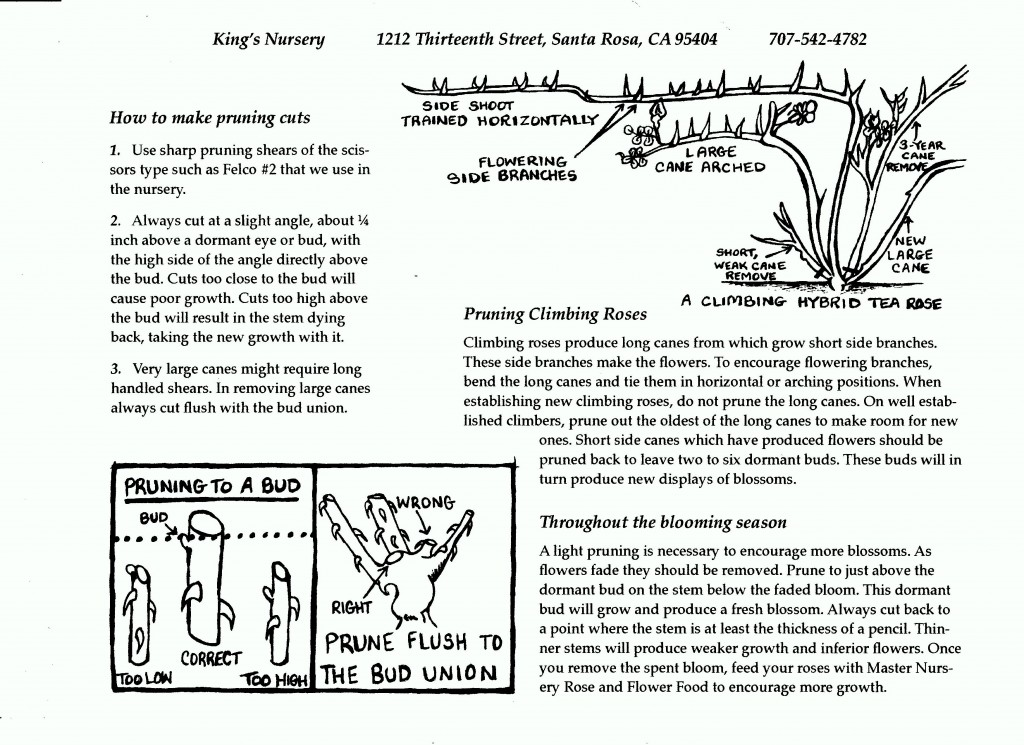by King's Nursery | Sep 2, 2019 | Front Page News, General
 It’s a wonderful, magical time of year- cool season vegetable planting time!
It’s a wonderful, magical time of year- cool season vegetable planting time!
Oh my, veggies and other edibles are certainly the thing right now. People really want to grow their own food, and they’re so excited to plant anything and everything……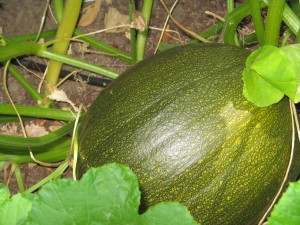
Thinking of growing cool season vegetable plants, from seed or starts? We carry both! High quality seeds that are guaranteed to grow, and eager young starter plants that are locally grown. Yes! And food can be grown year-round here in Sonoma County, and you can even incorporate edibles into your ornamental landscape (this trend is called ‘ornamedibles’)
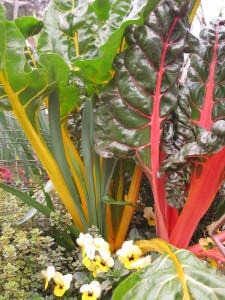 Since more gardeners have decided they like heirloom and unusual veggies and herbs, we like to offer cool season stuff you don’t see anywhere else, like ‘Cheddar’ cauliflower, purple broccoli, or kallettes.
Since more gardeners have decided they like heirloom and unusual veggies and herbs, we like to offer cool season stuff you don’t see anywhere else, like ‘Cheddar’ cauliflower, purple broccoli, or kallettes.
Some folks are devoted to reliable stalwarts in the veggie garden. If you are the type who relies on the tried and true, you’ll find the great fall and winter classics here- ‘Snowball’ cauliflower, romaine lettuce, sugar snap peas, etc.
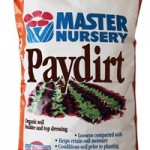
It’s wise to add compost and get the soil ready to embrace the new additions you’ll soon be tending. We LOVE Paydirt, a stinky organic compost made from chicken manure and mushroom compost. An easy way to add this in is to put a 3-6″ layer over your plot, then rototill as usual. Or, if your not tilling, just ‘double dig’ the compost into each planting hole, leaving the rest of the compost layer undisturbed; it will act as a mulch, keeping weeds out and moisture in (every bit counts!)
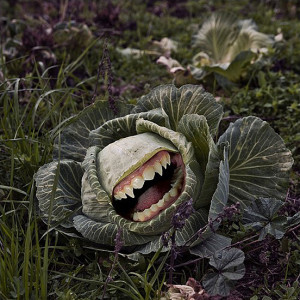
Feed Me!
Did you know how much of a difference it makes when you fertilize your veggie garden? If you want the most produce you can grow, throw out some granular veggie food, like Master Nursery Tomato vegetable food or E.B.Stone organic tomato vegetable food. I noticed a big increase in the amounts that were harvested through the season when I fertilized once a month, and it hardly took any time at all. I just scattered the food around the root zone of all my herbs and veggies, then watered it in- done!
Until recently, eliminating slugs and snails from my tender seedlings would require the application of highly toxic snail bait. Now there’s Sluggo- iron phosphate, which is safe for humans, pets and wildlife. This product is perfect for the veggie garden, it’s organic, and any unconsumed pellets even break down into nutrients that feed your plants. How do they come up with this stuff?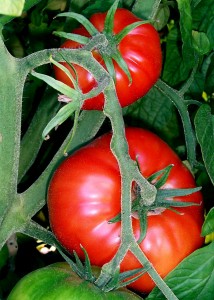
Plant most crops in the full sun, or at least 6 hours of afternoon sun, to get your plants to produce well. Certain types of veggies like as much heat as possible, like peppers and melons, while other things can accept partial sun, like strawberries, lettuces and basil.
Remember, King’s is a great resource to help you along the veggie garden path. We will answer any questions, offer growing tips and advice, demonstrate and explain what you can do to have a successful harvest- just come on in!
by King's Nursery | Sep 1, 2019 | General
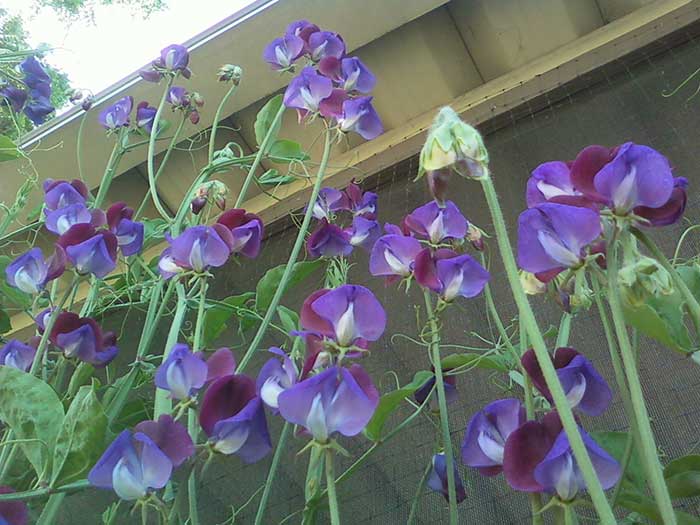
Don’t miss out on planting sweetpeas! Get the best results by putting them in now, either started in the ground or in containers from seed or plants that have already sprouted from the nursery.

‘April in Paris’
Oh, to write a proper ode to these frilly, girly, intoxicatingly fragrant flowers…..
Spencer English is by far my favorite kind. The flowers are sizable, with nice long stems for cutting, and come in so many colors and combinations- dark jewel tones, pastels, bicolor, picotee, stippled. All have amazing fragrance; nothing smells quite like ’em!
Heirloom styles, the most scented of all, bring back a lot of my first garden memories. Small, plentiful flowers rambling or climbing through my great-grandmother’s terraced garden, making their way through the cement goldfish pond, down and beyond. We’d pick kid-sized bouquets (that quickly became forgotten in our back pockets).
They are available in different heights and habits, too- get tidy windowbox/border types to fill in a small spot, or the dwarf climbers for a teepee in a pot.
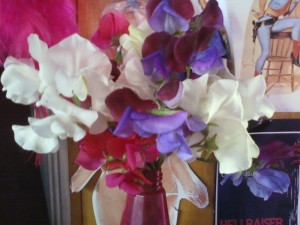
Hand-picked that day
Every year I get the seedlings going in the fall or winter so as to get maximum flower production. Try and make sure you put out some kind of snail protection (snailbait, copper tape, etc.) the same day you plant, because snails and slugs especially love to eat the tender new growth.
We have a nice selection of seeds and young plants right now. The individual 4″ potted starts that we grow exclusively are especially wonderful for achieving specific color schemes. Click on this link to learn more about how to grow them: http://kingsflowernursery.com/sweet-peas/, and you can always come in or give us a call if you have any questions.
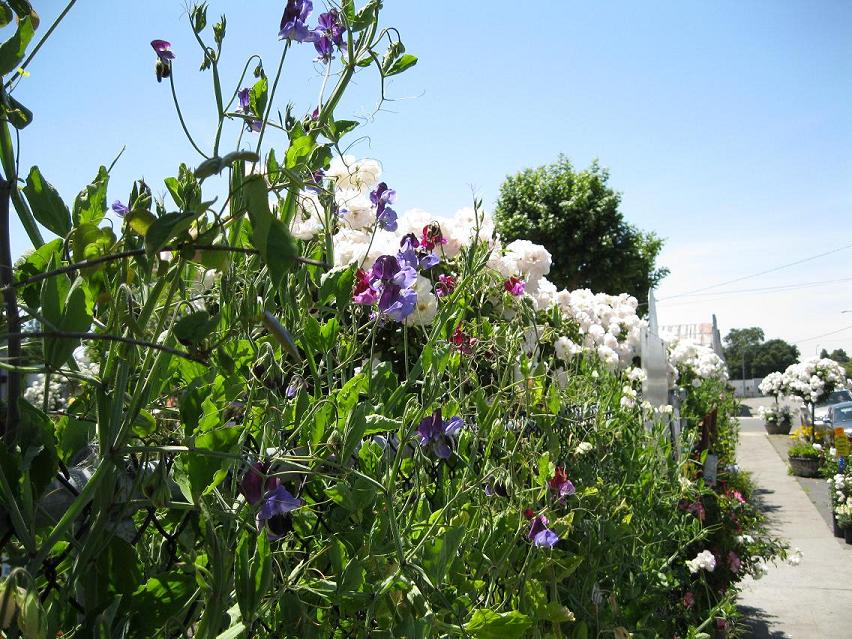
Our front fence last spring
by King's Nursery | Feb 21, 2010 | Custom Planting, Hanging Baskets, How-to Info
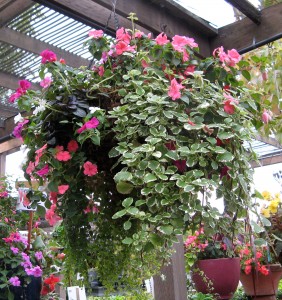
Living Bouquet Basket for shade
King’s has specialized in hanging baskets for many years. None are more fun to make or grow than the mixed baskets of flowers we call Living Bouquets. Planted and maintained correctly, they will give you an entire season of colorful blossoms. Making your own basket can be lots of fun, although quite a challenge for us to explain. The following is a guideline to get you started. If you have questions or need advice, drop by the Nursery; we’ll be happy to help.
What you will need:
A hanging basket, 12” in diameter or larger
A swivel hanger for the basket
Sphagum moss to line the basket
A bucket with water
Quality potting soil – we use MasterNursery “Professional Potting Soil”
Fertilizer – we use a combination of Master Start and Osmocote
A soil polymer such as SoilMoist (optional)
A selection of flowers, veggies, herbs, or greens
We need to grasp the concept that the moss is merely a liner around the basket used to hold in the soil. The moss is easy to work with when wet. That’s why we have the bucket. Submerge the moss in the bucket full of water. With the basket in front of you, take the moist pieces of moss out of the bucket. Smash the piece flat like a hamburger patty. Place the flattened moss in the bottom of the basket. Continue lining the bottom and sides of the basket, slightly overlapping flattened pieces of moss. Continue up the sides until you are about 1/3 of the way up. Remember the moss is merely a liner to hold the soil. There is no reason to completely fill the basket with moss. What you should now have resembles a bird’s nest in the bottom of the basket.
Into the nest, or depression, you want to pack in your potting soil/fertilizer mixture. Bringing it right up to the top of the moss. Your soil mix should consist of 1/3 cubic foot Potting Soil, 1/3 cup Osmocote, 2 Tbsp Master Start, and 1 to 2 Tbsp SoilMoist.
Now come the first of your plants. For a 12” basket, we only want to put 4 plants on the bottom layer. From the inside out – that means you are threading the foliage through the wire from the inside – place one plant at 12 o’clock, one plant at 3 o’clock, one plant and 6 o’clock, and one plant at 9 o’clock. Make sure the foliage extends outside the basket and the roots are inside, in good contact with the soil.
Smash down more moss and line the basket another 1/3 of the way up. Add more soil mixture to the top of the moss, packing down firmly, thus covering the roots of the plants already in the basket. On this layer put 6 plants, bracketing the 4 on the bottom row. When you have placed them to your satisfaction, continue lining the basket with moss all the way to the top, and slightly over the edge of the basket. Fill the basket to about 1” from the top with soil and pack down firmly. Plant 5 or more flowers in the top of the basket; 4 equaly spaced near the edges and one in the middle.
Carefully attach the wire hanger and water thoroughly but gently. You are now ready to hang the basket. Choose a location that is compatible with the plants you have chosen. As the basket matures, it will need more and more water. Daily during the summer is not too much. Water slowly and thoroughly. One gallon applied slowly is more efficient than three gallons squirted on. From time to time we feed with Maxsea, a superior liquid plant food.
When the season ends for your basket, you may salvage the basket, hanger, and some of the better moss. We always start over with new soil, fresh moss, and new plants. This produces a superior basket. That’s the entire procedure. Try not to skip any of the steps or materials as each is very important to the overall health and beauty od the basket. Remember, if you are confused, call or drop by the Nursery and ask for help. All of us at King’s have made many, many baskets and want yours to turn out great!
Finally, here are some guidelines for plant choices for your basket. Remember to put compatible plants together. All the plants in each basket should have similar requirements as to sun, water, etc.
Spring and Summer plants for the sun:
Lobelia
Petunia
Alyssum
Verbena
Marigold
Phlox
Zinnia
Golden Fleece
Bidens
Million Bells
Sanvitalia
Spring and Summer plants for the shade or part sun:
Impatiens
Lobelia
Schizanthus
Nemesia
Begonia
Mimulus
Bacopa
Fuchsia
Fall and Winter plants for sun:
Pansy
Viola
Winter Daisy
Dwarf Snapdragon
Toadflax
maybe Lobelia and Alyssum
Fall and Winter plants for shade and part sun:
English Primrose
Fairy Primrose
Cyclamen
Primula obconica
Ivy
maybe Lobelia, Nemesia, and Schizanthus
Let your imagination run wild. If you discover some new combinations that work for you, we’d love to hear about it…and see pictures!
 It’s a wonderful, magical time of year- cool season vegetable planting time!
It’s a wonderful, magical time of year- cool season vegetable planting time!

 Since more gardeners have decided they like heirloom and unusual veggies and herbs, we like to offer cool season stuff you don’t see anywhere else, like ‘Cheddar’ cauliflower, purple broccoli, or kallettes.
Since more gardeners have decided they like heirloom and unusual veggies and herbs, we like to offer cool season stuff you don’t see anywhere else, like ‘Cheddar’ cauliflower, purple broccoli, or kallettes.






